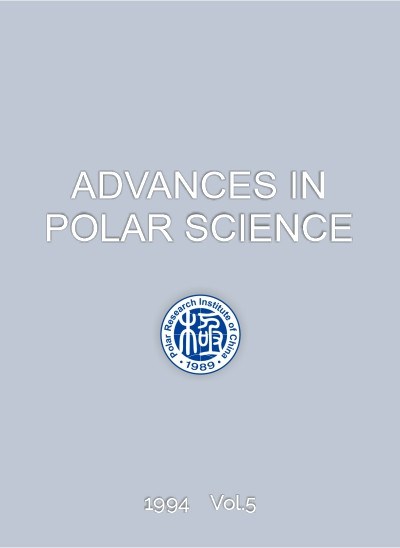Publication: Advances in Polar Science (APS). Antarctic Research. Vol. 5, No. 1, 62~74, June 1994
To download the publication please click on the download link at the bottom of the page
Author: Liang Xiangsan, Dong Zhaoqian and Su Jilan
CNARC member: Polar Research Institute of China (PRIC)
Abstract: Through pseudoinverse inference of the circulation in Prydz Bay and its adjacent open ocean during January to March 1981, and comparing the results with that of 1991, we find that when the polar easterly hence the east wind drift is strong and extends its influence north of the slope, it is difficult for the Circumpolar Deep Water (CDW) to upwell onto the shelf, and consequently the Antarctic Bottom Water (AABW) cannot form in the bay by way of mixing scheme of Foster and Carmack (1976). However, when the East Wind Drift weakens the confines itself over the shelf, the westerly current will press on the slope and revolve anticyclonically so long as it is fairly strong. Such an anti-cyclonical pattern manifests itself mainly in the lower layer, and as a result, it will make the CDW upwell onto the shelf, providing an essential prerequisite for the formation of the AABW. We have analyzed this phenomenon from a dynamical view, and pointed out that the law of heat conduction accounts for its formation, in which the planetary and topographical beta effects play major roles.
Keywords: AABW, pseudoinverse inference, beta effect, upwelling, heat conduction


